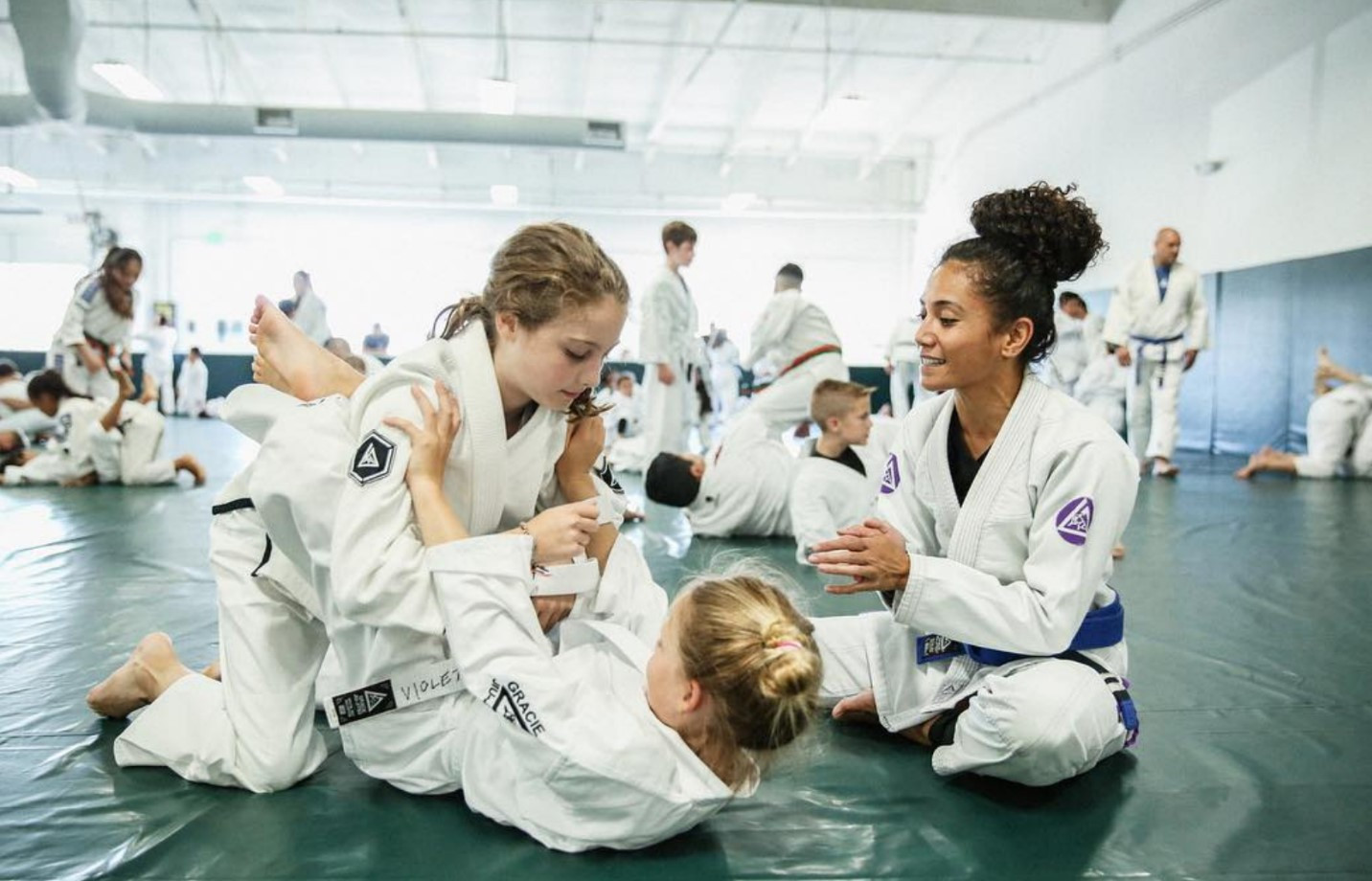Repetition: Jiu-Jitsu as a Practice
It requires years of discipline and hard work to get a black belt in jiu-jitsu. Even to graduate from white belt to blue belt is a demanding endeavor that can take years because jiu-jitsu doesn’t involve a single type of learning. It involves learning the basic mechanics of moves and techniques that form the basis of jiu-jitsu, and then applying those moves in a fight scenario.
The first type of knowledge is theoretical. If you know how to do an arm bar, then you have theoretical knowledge. Similarly, a musician who knows the notes that make up a scale has theoretical knowledge. The second type of knowledge is applied. It involves learning not only how to do the move or what notes make up a scale, but how to then use that knowledge in new situations.
These two types of knowledge are very different. The first one is definitive. You either know the steps to do the arm bar or you don't. You either know what notes are in the scale or you don’t. The second one, however, can never be complete because there are always new situations. Jiu-jitsu is not about one person performing movements in a vacuum. Jiu-jitsu is about using the same technique in a variety of situations and against a variety of opponents, which means constant evolution and constant learning.

Jiu-Jitsu as a Practice
Doctors and lawyers tend to refer to their occupations as a practice. Lawyers take their understanding of the law and precedent and apply it to their client’s case. Doctors take their understanding of anatomy, disease, and past cases and apply it to their patient’s case. However, their knowledge is never complete because each client or patient presents unique challenges and circumstances. There is no cookie cutter approach to practicing law or medicine.
While it may seem like a stretch to compare a martial art to law or medicine, the same holds true for jiu-jitsu. Fighters take their understanding of moves and how opponents in the past have responded to those moves, and then create a strategy when engaging with a new opponent. Jiu-jitsu practitioners establish a base of theoretical knowledge, and then spend years, if not decades, learning how to apply this knowledge on the mat. They then evolve and improve as fighters as they learn to adapt the techniques of jiu-jitsu to more situations and different types of opponents over time.
Practice Makes Perfect
There’s more to jiu-jitsu than learning moves and how to apply them; you also need to actually perform these moves against an actual opponent. This means you’re not only training your mind, you’re also training your body, which requires conditioning and drilling. As you develop better muscle memory by going over specific movements over and over, these movements begin to feel effortless, which translates into quicker and more fluid technique.
As Grandmaster Relson Gracie explains in the below video, black belts become experts through repetition. This takes time. He notes that black belts will repeat every move 1,000 times to come to truly be an expert, and that this may take ten years, if not longer.
He also notes that if you fixate on a single move and do it 50 times a day, you can become an expert in that one move in a few months. You may still be a blue belt because you don’t have a full understanding of every technique, but you can apply that one move like a black belt because you have the same degree of muscle memory as a black belt. Similarly, an intermediate musician may practice a song 50 times per day until they can play it as well as virtuoso.
The lesson here is not that there are shortcuts to becoming a black belt. Rather, what’s important to take away is that becoming a black belt takes time, patience, and lots and lots of repetition. To achieve a black belt’s level of expertise in just one technique takes months of training. To become a well-rounded fighter takes a lifetime of practice.

